
Figure 4. A local configurationn for the I6-quasicrystal
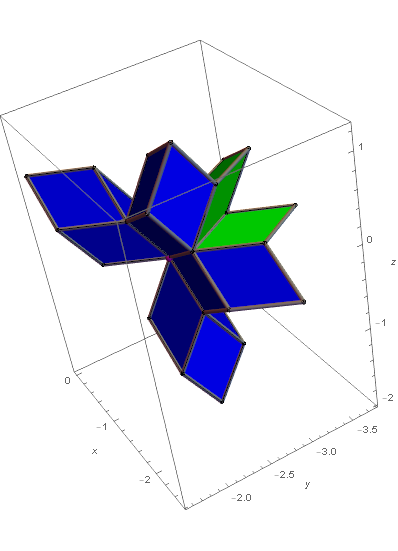 Smaller neighborhoods in the I6-quasicrystal
Smaller neighborhoods in the I6-quasicrystal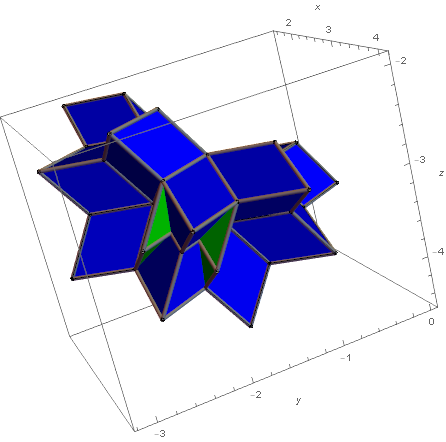
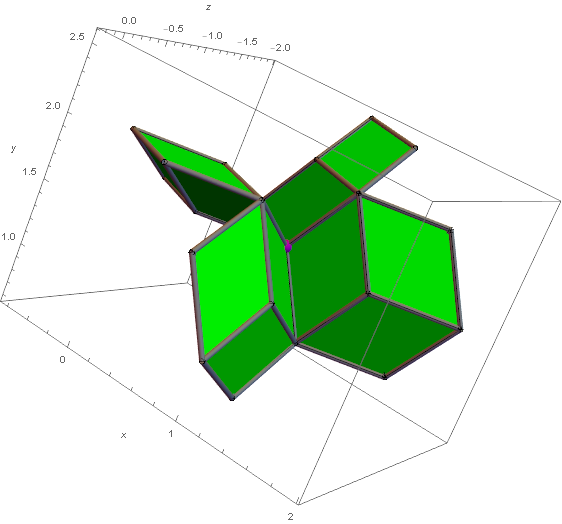
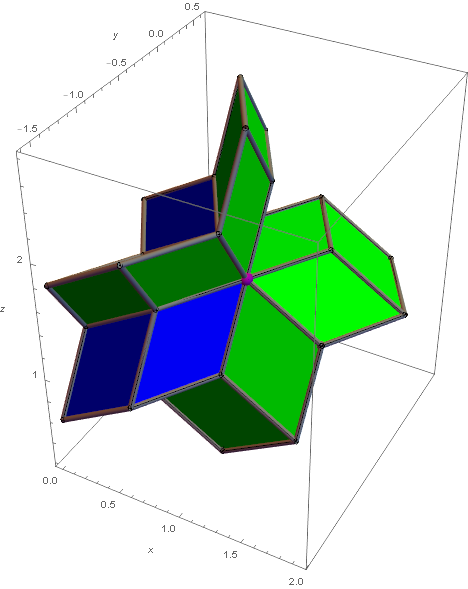
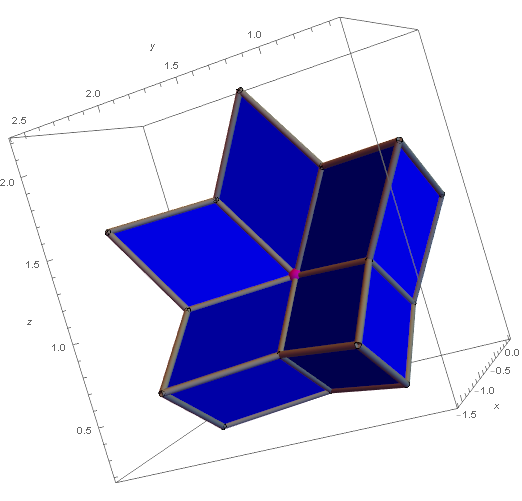
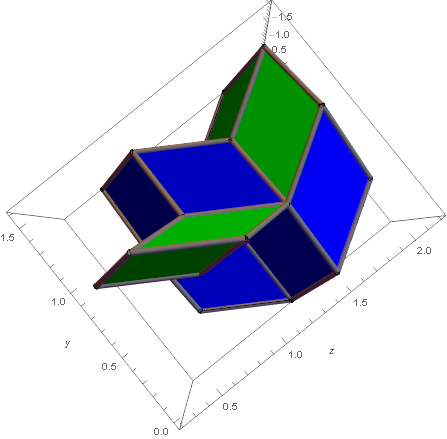

Figure 6. Projecting a bounded range for the I6-quasicrystal
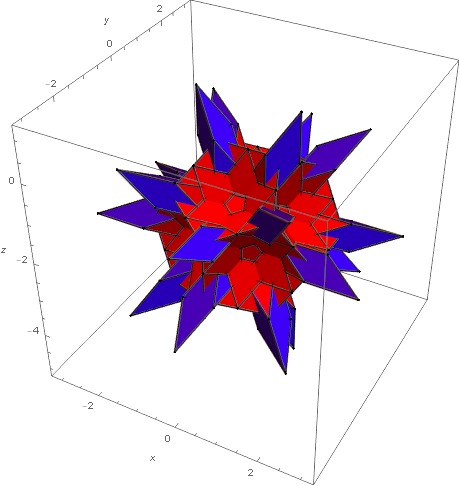
Figure 7. Projecting a bounded range for the I6-quasicrystal
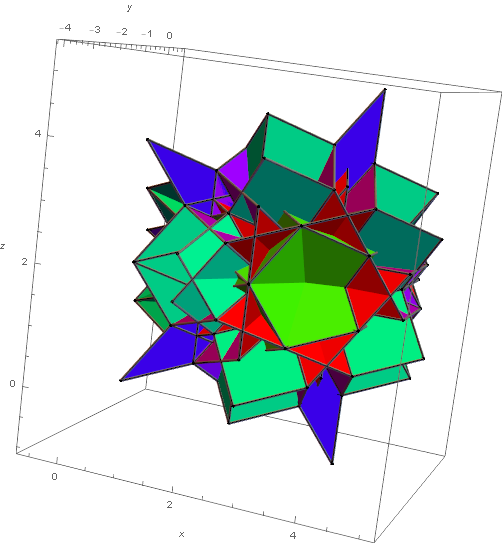
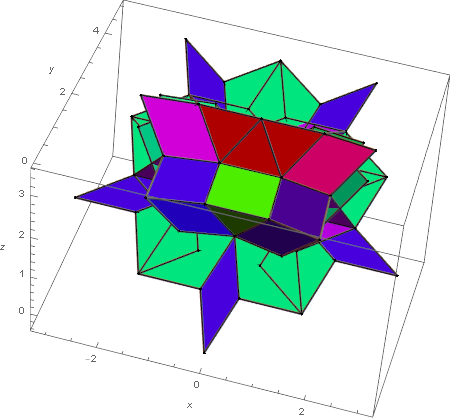
Figure 8. Two neighborhoods for the D6-quasicrystal with 26 and 25 neighbors.
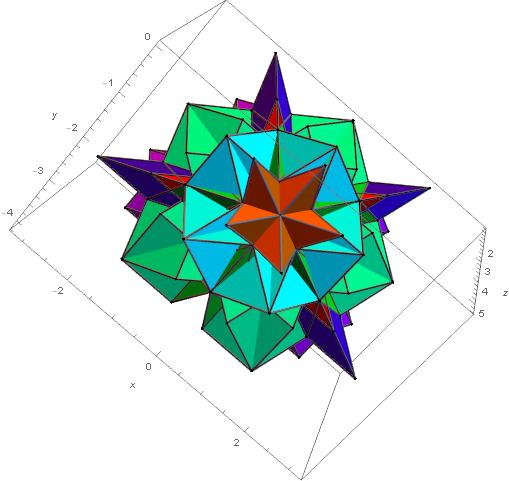
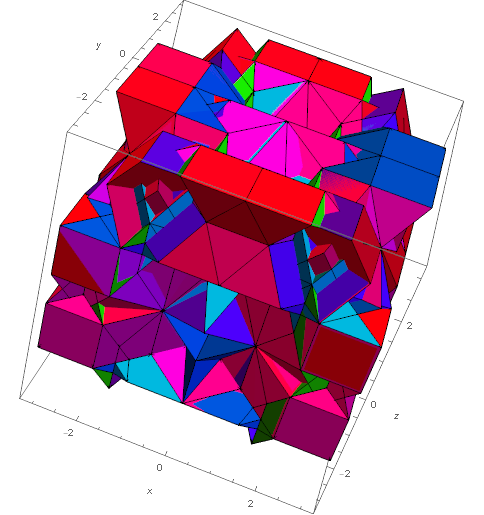
Figure 9. D6-quasicrystal in Q(3)
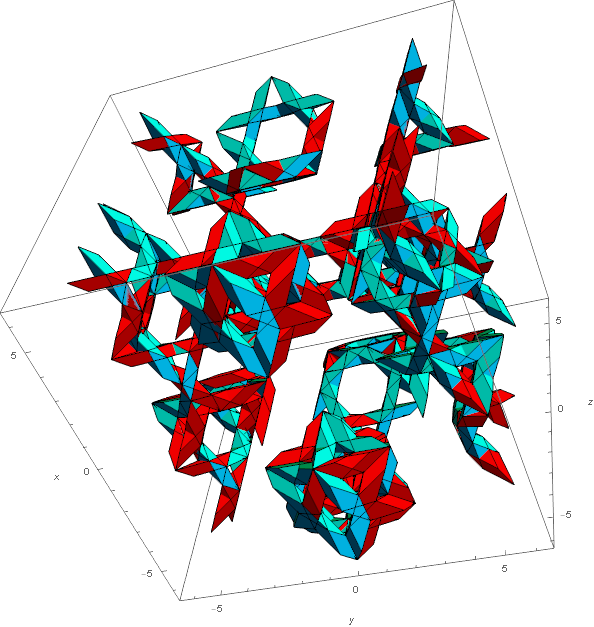
Two parallelepipeds in Q(6)
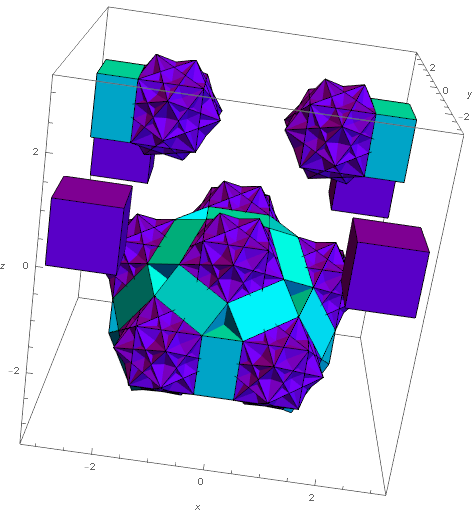
All rectangular boxes in Q(3)
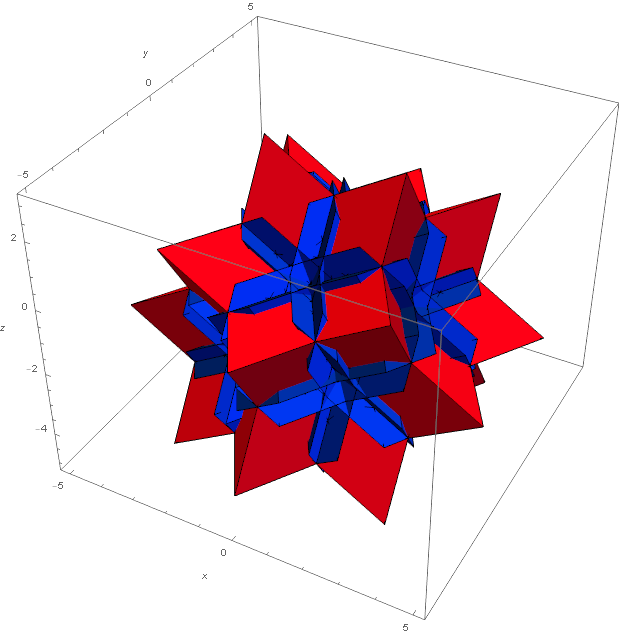
Figure 10a. Neighborhoods in the D6
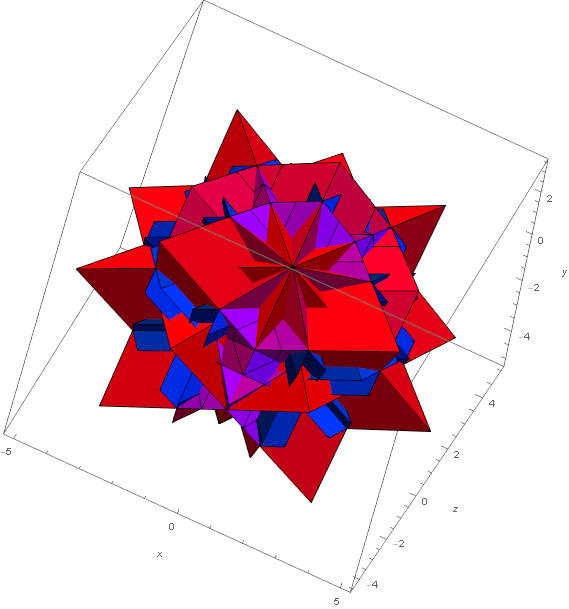
Figure 10b
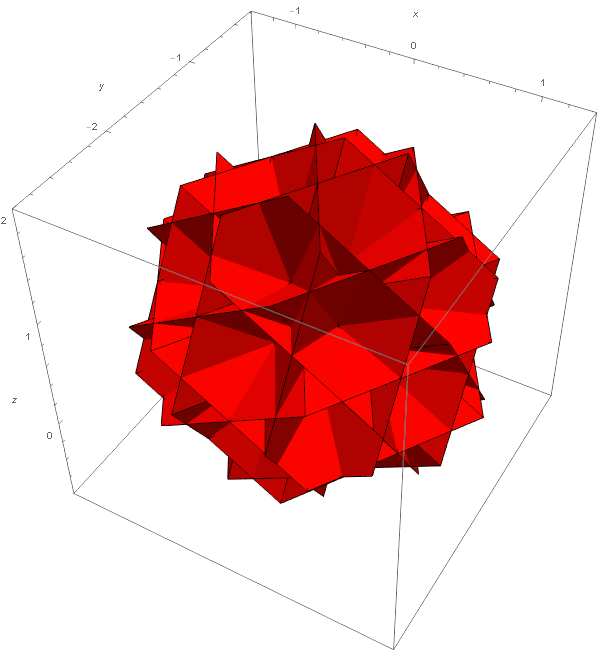
Figure 11a. Restricting Fig 10b to a single parallelepiped
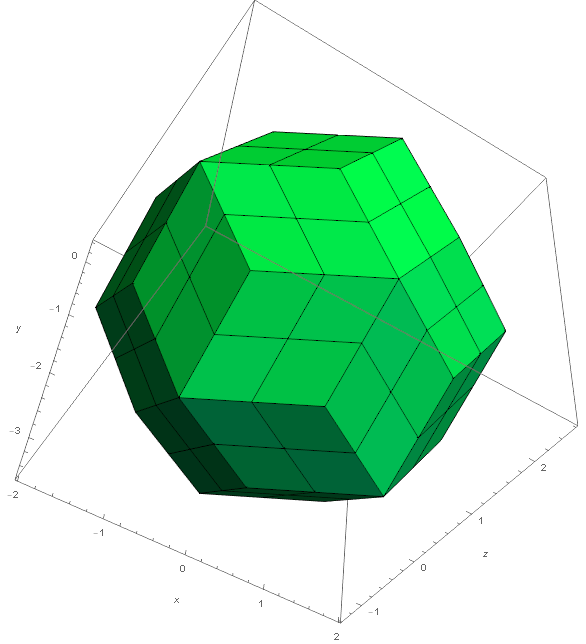
Figure 11b
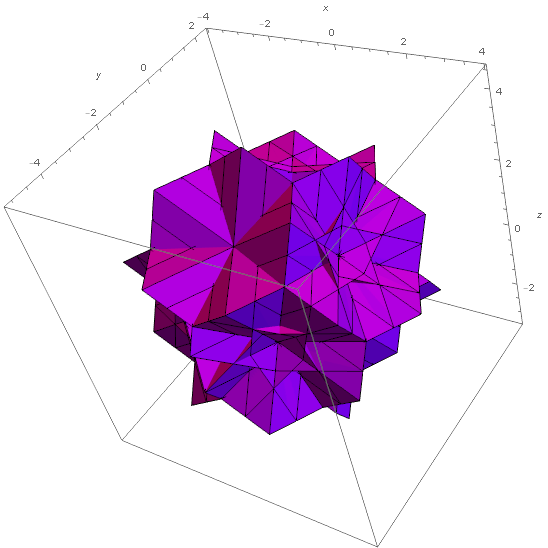
Figure 11c

Figure 12. Restricting Q(3) to 2 parallelepipeds in the D6